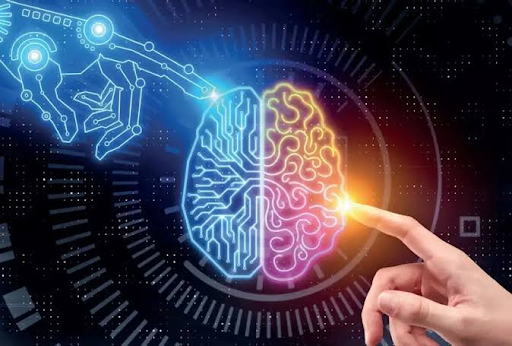Introduction:
The imminent achievement of Artificial General Intelligence (AGI) marks a watershed moment in the trajectory of technological evolution. As we stand on the cusp of creating machines with cognitive capacities rivaling human intelligence, the implications extend far beyond mere automation. The synthesis of AGI with cutting-edge technologies holds the promise of transforming the very fabric of our existence. In this discourse, we delve into the realms of advanced robotics, brain-computer interfaces, bioengineering, ethics, collaborative AI systems, and more, exploring the transformative landscape that awaits in the wake of AGI.
Advanced Robotics and Physical Autonomy:
The fusion of AGI with advanced robotics heralds an era where machines transcend their conventional roles. These robotic entities, endowed with cognitive prowess, can navigate complex physical environments, undertake intricate manufacturing processes, and redefine the boundaries of automation. From assembly lines to hazardous environments, AGI-driven robotics promises unparalleled efficiency and adaptability, revolutionizing industries and expanding the scope of human endeavors.
Brain-Computer Interfaces for Seamless Integration:
The convergence of AGI and Brain-Computer Interfaces (BCIs) unveils a new dimension of human-machine interaction. BCIs, interfacing directly with the human brain, facilitate seamless communication with AGI systems. This synergy offers transformative possibilities, ranging from immersive virtual experiences to enhanced cognitive capabilities. The prospect of controlling external devices through mere thought opens avenues for unprecedented convenience and connectivity, shaping a future where the boundaries between mind and machine blur.
Bioengineering and Augmentation:
Exploring the synergy of AGI with bioengineering ventures into the realm of human augmentation. This entails enhancing human capabilities through the integration of technological elements. Whether it be heightened sensory perception, memory augmentation, or the incorporation of AI into the human body, the convergence of AGI and bioengineering opens avenues for the evolution of Homo sapiens into a species augmented by its own creations.
Ethics, Safety, and Responsible AI:
With the ascent of AGI, the ethical dimensions of artificial intelligence loom larger than ever. The development of robust ethical frameworks, safety protocols, and governance mechanisms becomes imperative to guide the responsible deployment of AGI. As we empower machines with cognitive abilities approaching our own, ethical considerations must be at the forefront to ensure the alignment of AI advancements with human values and societal well-being.
Collaborative AI Systems and Specialized Intelligences:
The collaborative potential of AGI manifests in the creation of a network of specialized intelligences. Interconnected AI systems, each excelling in specific domains, synergize to tackle complex challenges. This collaborative approach amplifies problem-solving capacities, fostering innovation and adaptability across diverse fields. The resulting symbiosis between AGI and specialized AI systems forms the bedrock of a dynamic and interconnected technological landscape.
Advanced Learning Systems and Personalized Education:
AGI’s impact on education transcends traditional paradigms, ushering in an era of personalized and adaptive learning. Tailoring educational experiences to individual strengths and weaknesses, AGI-driven systems have the potential to revolutionize education on a global scale. The democratization of knowledge and tailored learning experiences promise to unlock human potential in unprecedented ways.
Environmental Monitoring and Management:
In the face of pressing global challenges, AGI emerges as a potent ally in environmental stewardship. The ability to process vast datasets with speed and precision positions AGI as a crucial tool in monitoring and addressing environmental issues. From climate modeling to resource management, AGI contributes to a sustainable future by providing invaluable insights and driving informed decision-making.
Space Exploration and Scientific Advancement:
AGI's role in space exploration transcends mundane applications. Autonomous spacecraft, advanced data analysis for astronomical research, and the ability to navigate the complexities of celestial environments redefine our approach to understanding the cosmos. AGI becomes an indispensable partner in humanity's quest for knowledge beyond our planetary confines, contributing to groundbreaking discoveries and expanding the frontiers of scientific understanding.
Conclusion:
The advent of Artificial General Intelligence beckons humanity into an era of unparalleled innovation and transformation. From the fusion of AGI with advanced robotics, brain-computer interfaces, and bioengineering to the ethical considerations and collaborative potential, each facet of this integration contributes to reshaping the landscape of our technological future. As we navigate this uncharted territory, the synthesis of AGI with diverse domains not only propels us toward unprecedented advancements but also demands a vigilant and ethical stewardship to ensure that the benefits accrued are in harmony with our shared values and the well-being of society at large. The journey into the age of AGI is a testament to our ability to harness the limitless potential of intelligence, both artificial and human, for the betterment of our collective future.

Comments